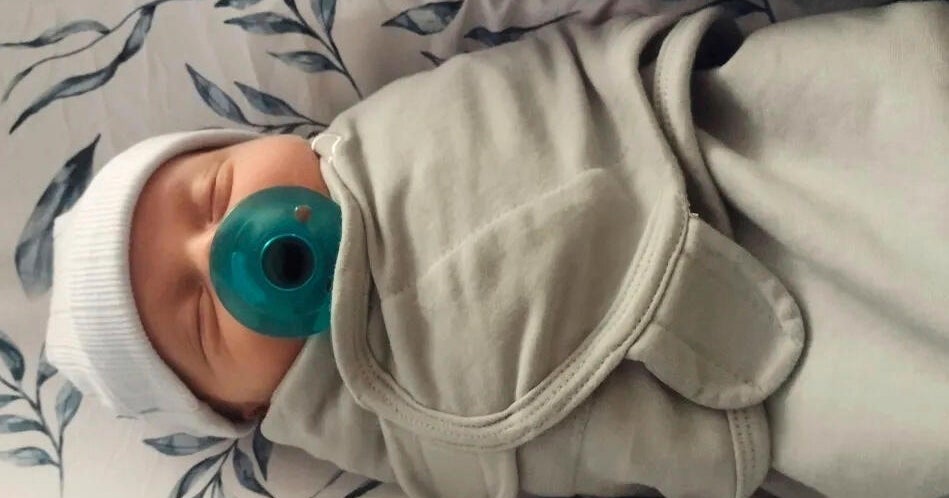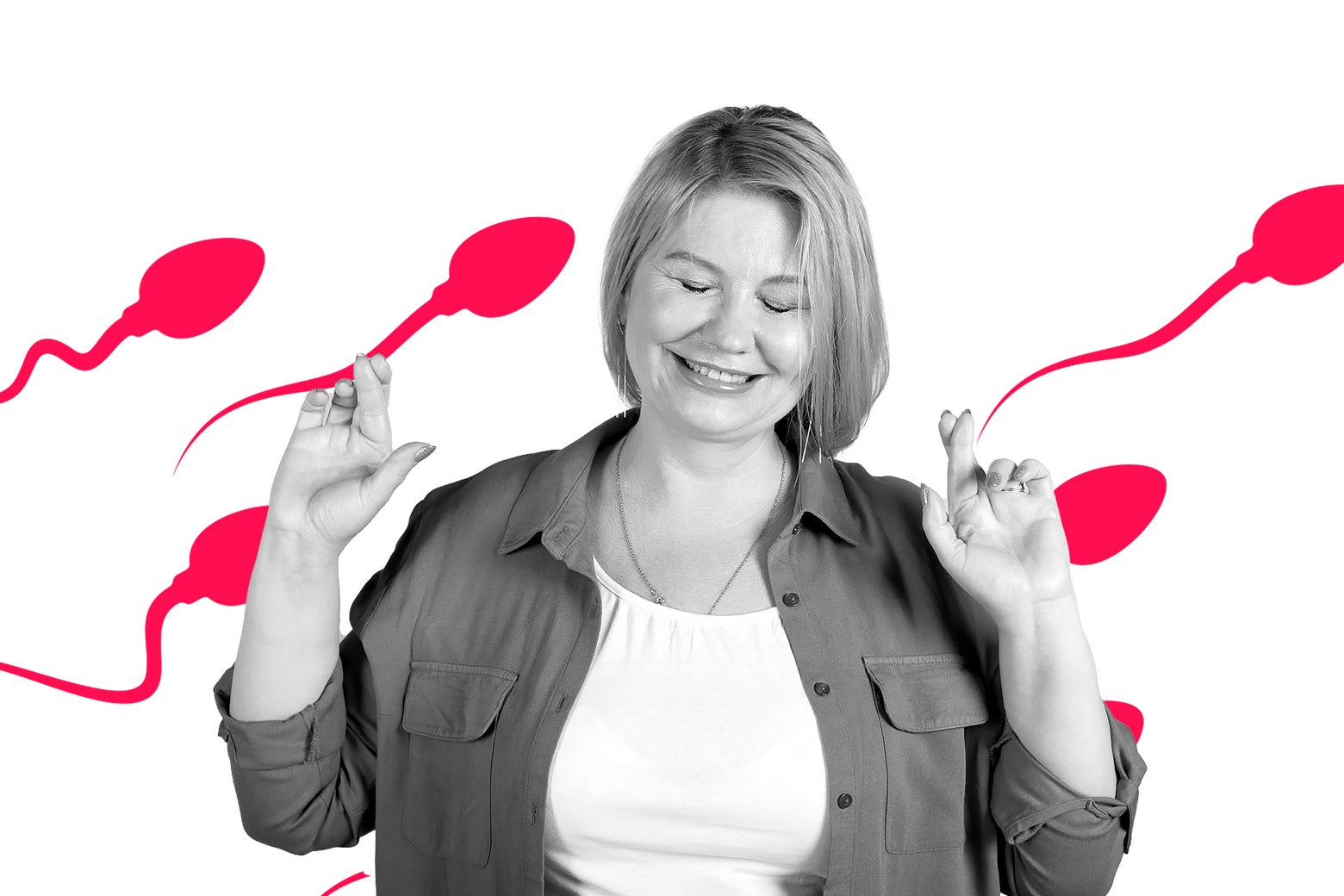T4K3.news
Ohio couple gives birth to son from historic frozen embryo
A boy was born from an embryo frozen for nearly 31 years, setting a potential record.

The birth of a baby boy from a 31-year-old embryo highlights growing interest in embryo adoption.
Ohio couple welcomes son from record-setting frozen embryo
A baby boy was born to an Ohio couple from an embryo that had been stored for nearly 31 years. Lindsey and Tim Pierce welcomed their son after using an embryo donated in 1994, marking a potential record for the longest frozen embryo to result in a live birth. This birth, which occurred after years of infertility struggles for the couple, shines a light on the practice of embryo adoption. On average, about 1.5 million frozen embryos are stored in the U.S., often leaving parents with difficult decisions about their futures. The legal implications are evolving, especially following a serious Alabama Supreme Court ruling that grants embryos the legal status of children. This creates complex choices for clinics and donors while many embryos remain unused.
Key Takeaways
"I felt all along that these three little hopes deserved to live just like my daughter did."
Linda Archerd reflects on the emotional value of donated embryos.
"We didn’t go into this thinking about records — we just wanted to have a baby."
Lindsey Pierce shares the motivation behind their journey.
"I think that these stories catch the imagination."
Dr. John David Gordon comments on the fascination surrounding long-stored embryos.
"I’d love to meet them some day. That would be a dream come true."
Linda Archerd expresses her hopes for a future meeting with the Pierces.
The birth of the Pierce's son from such a long-frozen embryo signifies a remarkable moment in reproductive science and reflects shifting attitudes toward embryo adoption. This story not only illustrates the emotional journey of donors and adopting parents but also raises important ethical questions about the fate of millions of frozen embryos. With more people turning to embryo adoption over discarding leftover embryos, the narrative around parenting, life, and fertility is evolving. The emotional responses from families involved in embryo adoption highlight the potential for connection and the responsibility that comes with such decisions.
Highlights
- A 31-year-old embryo brings a new life into the world.
- Embryo adoption offers a hopeful future for families.
- Frozen embryos are not just numbers, they are future lives.
- Realizing dreams through the gift of embryo donation.
Legal and ethical implications of frozen embryos
The evolving legal status of frozen embryos raises important questions about their future and how clinics manage them. As seen in a recent court ruling, the classification of embryos as children complicates the landscape for both donors and fertility clinics. This situation presents various risks including political backlash and ethical debates around embryo treatment.
This story may pave the way for future discussions on embryo adoption.
Enjoyed this? Let your friends know!
Related News
Ohio couple celebrates birth from embryo frozen for over 30 years

Historic baby born from record-breaking frozen embryo

Oldest baby in the world born from frozen embryo

Oldest baby born from 1994 frozen embryo

Thaddeus born from world’s oldest embryo

Jessica Wright discusses family pressures and personal trials
Investigation launched against California couple in surrogacy case

Mother survives severe sepsis thanks to boyfriend's warning
